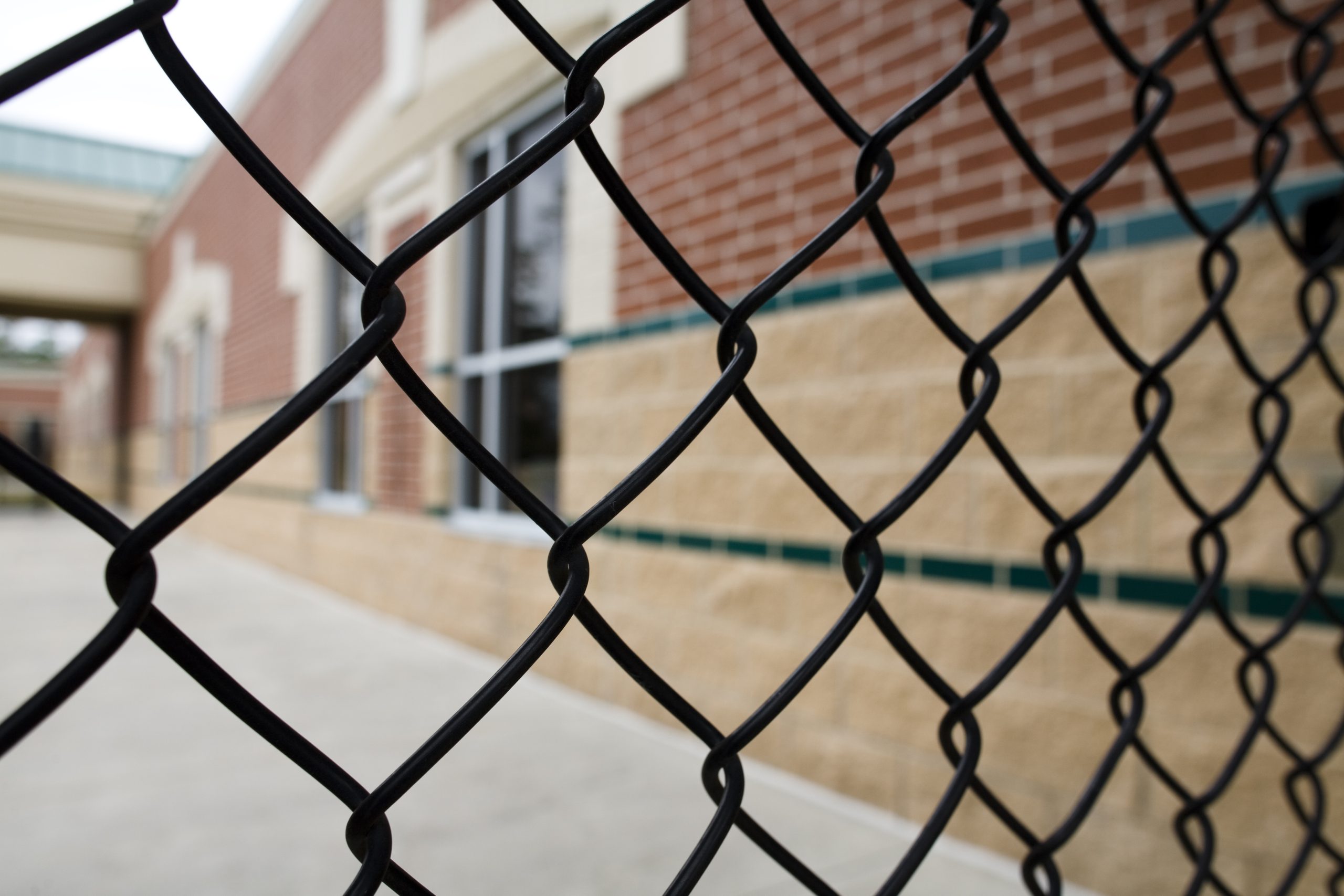Transgender high school students face more severe challenges to their mental and physical health than their cisgender peers, according to an October report from the Centers for Disease Control and Prevention (CDC).
The 2023 Youth Risk Behavior Survey — which included the first nationally representative data on transgender students and those questioning whether they are transgender —served as the basis for the report, which covers the prevalence of violence against these students and issues related to mental health, school connectedness and housing.
According to the report, 3 percent of high school students identified as transgender in 2023, and 2 percent identified as questioning. One in four experienced violence while at school and one in four also missed school due to safety concerns. Additionally, seven of every 10 transgender students reported feeling sad or hopeless.
The CDC asserts that when local educational agencies implement policies and practices that support LGBTQ students, all students have better mental health outcomes.
Student experiences
“Transgender and questioning students face unique challenges at school, including being unable to use bathrooms or play on sports teams matching their gender identity, being misgendered, and otherwise being unable to express themselves in a way consistent with their gender identity,” according to the report. “Negative experiences at school, including harassment and bullying, contribute to environments where transgender students do not feel safe and supported. Feelings of school connectedness also might be diminished among transgender students.”
Compared to their peers, transgender and questioning students were far less likely to feel close to others at school.
At the time of the survey, 11 percent of transgender and 10 percent of questioning students had experienced unstable housing in the past 30 days compared to 2 percent of their cisgender counterparts.
School connectedness as well as housing security are strong social determinants of health, the report notes.
The 2023 survey found that about 40 percent of transgender and questioning students were bullied at school. The majority also dealt with persistent sadness and hopelessness, and 26 percent had attempted suicide in the past year versus 11 percent of cisgender females and 5 percent of cisgender males their age.
Almost 50 percent of cisgender students report their sex as female while two-thirds of transgender or questioning students identify as female.
“Differences in race and ethnicity by transgender identity were observed,” the report reads. “A lower proportion of transgender students identified as Black and higher proportion identified as white compared with cisgender or questioning students. In addition, for questioning students, differences in grade distribution were observed.”
The report adds that transgender student of color may face even more marginalization related to their race/ethnicity.
In addition to the stressors encountered at school, family life can also be difficult and contribute to poor mental health and housing insecurity.
What schools can do
Providing all students with safe, supportive and inclusive environments is beneficial and something that schools can strive for.
The CDC’s What Works in Schools Program addresses school-based strategies to prevent adolescent health risks. The agency has other resources available including a Comprehensive Suicide Prevention Program, strategies for suicide prevention, safe relationship guidance for LGBTQ students, a guide encouraging healthy intimate partner relationships and more.
CSBA’s Safe Schools Toolkit has chapters on supporting positive school climates, bullying and cyberbullying and other relevant topics.





